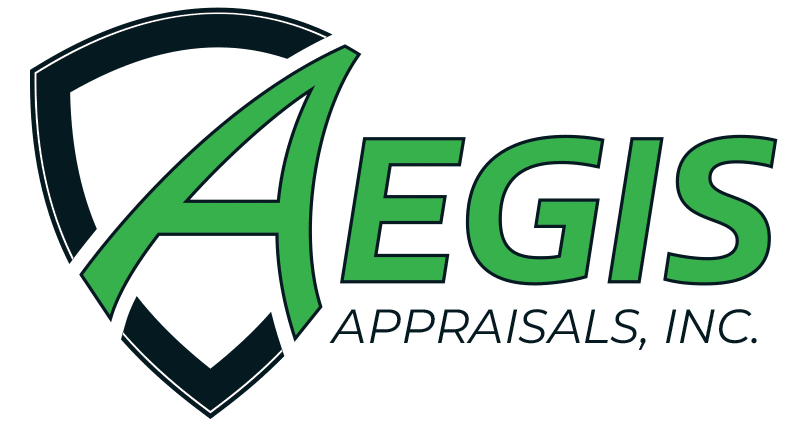Vacant Land
What’s your piece of earth worth?
When determining the market value of undeveloped land, one of the appraiser’s first steps is to determine what’s called the “highest and best use” of the property. The Appraisal Institute defines this as “the reasonably probable and legal use of vacant land or an improved property that is physically possible, appropriately supported, financially feasible, and that results in the highest value.”.
Contrary to popular belief, a land appraisal can be more complex than appraising an existing house, as data can sometimes be limited. To find the best comparable sales available, our appraisers view a number of factors:
You might assume that if one acre of land is worth $50,000, then four acres would be $200,000, but that’s not the case. As the size of the land goes up, the value per acre actually goes down, a phenomenon known in the economic world as the “law of diminishing returns.” It’s sort of the land equivalent to buying in bulk at the store: A larger item typically costs less per unit than the same item in a smaller size.
A land appraisal will take into account the availability of water, sewer, and electrical hookups for the land. If these elements aren’t available, the buyer would need to bring them in. That project can cost anywhere from $10,000 up to $30,000 or more, depending on the scope and size of the land. Plus, it can take months to obtain all of the permits and complete all of the work.
The topography, or geographical makeup, of a piece of land can have a big impact on its value. For example, swampy land won’t be suitable for building a home, but a buyer might want it for recreational purposes. An appraiser will examine the land’s physical features as a means of determining its use potential.
Just as a built home comes with certain selling points like a pool or location on a quiet street, a parcel of land can offer certain aesthetic or functional features that make it more valuable. For example, an appraiser could attribute value to lake access, a fishing pond, a spectacular view, hiking or walking trails, or other desirable elements, as long as they don’t impede on the land’s usability.
Some studies have found that more than 13% of the U.S. population lives in a 100-year flood zone, and that is expected to rise to 15.5% by 2050. If your land is located in a floodplain, the appraiser will look into how often floods occur and which areas are most prone to flooding.
Land Appraisals look to the future.
A vacant piece of land represents a blank slate to build a house, start a farm, put in a duplex, or park a tiny home. How a person could transform or preserve a particular slice of the earth is an exercise in dreaming big. Those possibilities have everything to do with land value and what appraisers take into account when they make their assessment. Unlike a house appraisal that evaluates what’s already there, a land appraisal imagines what could be. Contact Aegis Appraisals today to find out – What’s your piece of earth worth?

